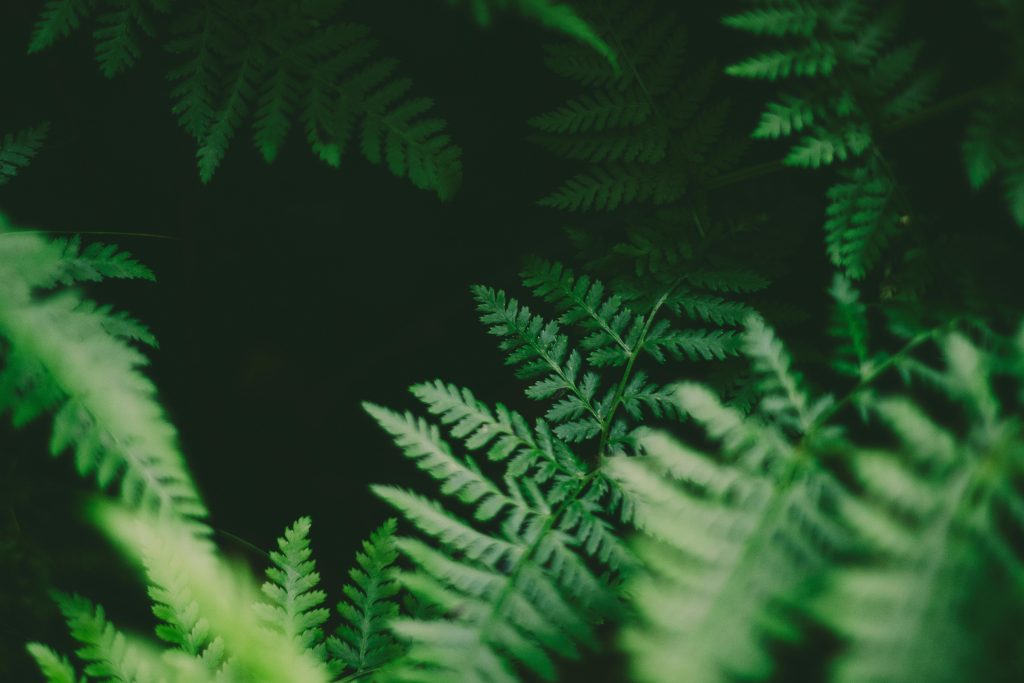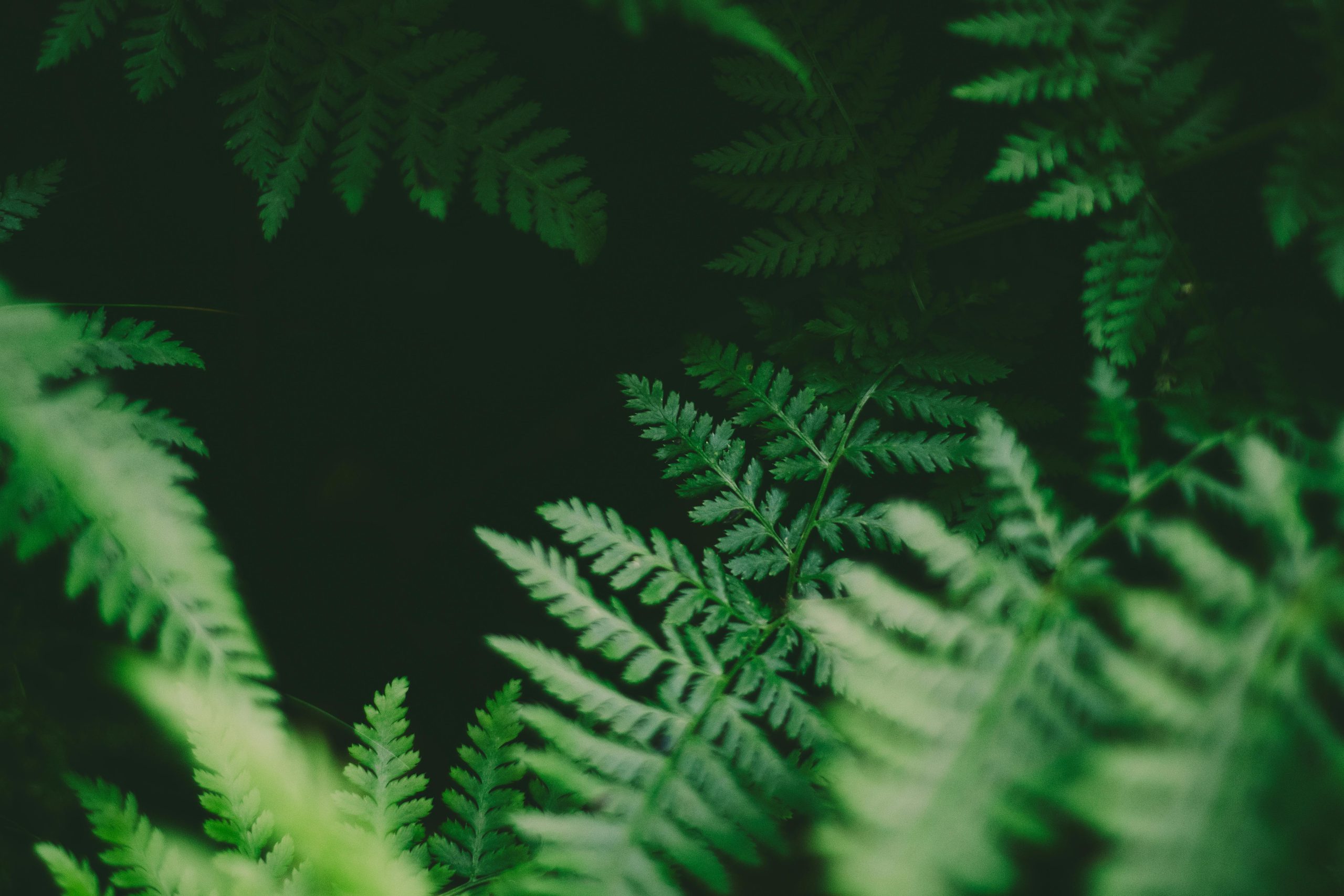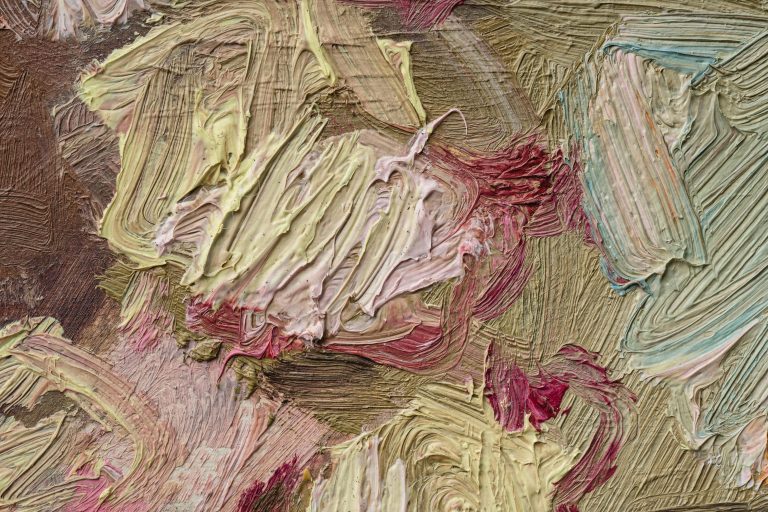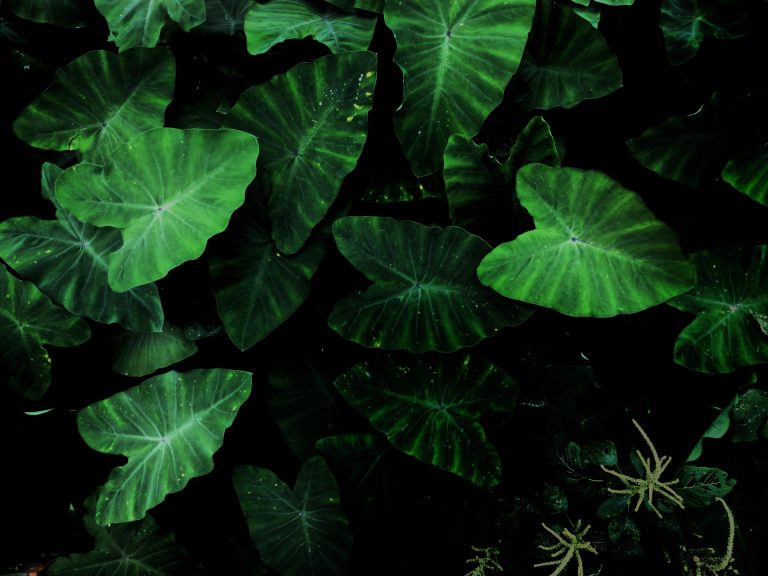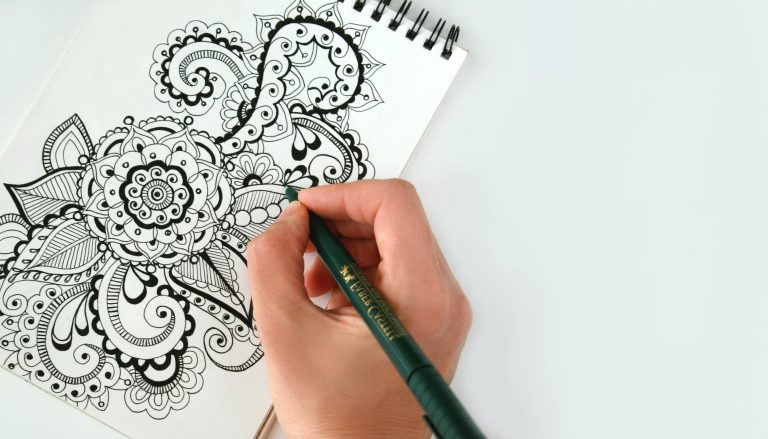Color Gradients and Mood Shifts: How Smooth Transitions Soothe Anxiety
There’s something deeply peaceful about watching colors fade into one another. From soft watercolor blends to digital ombré backgrounds, color gradients have a unique ability to relax the mind. But this isn’t just a visual preference—it’s rooted in how your brain processes light, pattern, and emotional cues.
The Psychology of Visual Flow
Your brain naturally craves order and rhythm. When colors shift slowly and seamlessly, it gives your mind a track to follow—something smooth, steady, and predictable. This visual flow eases cognitive load and provides a type of mental “exhale,” especially if your thoughts are busy or spiraling.
Gradients as Gentle Guidance
Unlike harsh contrasts or sudden color changes, gradients feel safe. They mirror emotional transitions in a way that’s non-threatening. A gentle shift from lavender to pink or blue to teal mirrors the kind of emotional movement we often want—slow, manageable, and soft. It’s why gradient visuals can reduce anxiety, helping you feel like you’re easing from one feeling to another, instead of being thrown into it.
Dopamine and Visual Reward
Your brain gets little hits of dopamine from beauty—especially when it’s unfolding slowly. Watching a gradient build or blend satisfies your need for visual reward without overstimulation. That’s why you might find yourself zoning out (in the best way) while scrolling through satisfying blends or creating your own with markers or paint.
Emotional Associations With Color
Gradients allow for emotional layering. Blue might symbolize peace, pink could evoke self-compassion, and purple might suggest creativity or introspection. When these colors blend, they create an emotional narrative—one that feels complete, even if it’s silent. It allows your subconscious to process multiple feelings at once, without pressure to name or analyze them.
Why They Work in Real Time and on Screen
Whether you’re physically blending colors with brushes or watching a digital loop, your brain processes the transition the same way: as a calming, controlled progression. That makes gradients a powerful tool for self-soothing at any moment—on paper, on your phone, or in your environment.
Final Thoughts
Color gradients remind us that change doesn’t have to be jarring. It can be soft. It can be subtle. It can be beautiful. In a world of sharp edges and fast shifts, watching one shade melt into another gives your mind something it rarely gets—permission to slow down.
For more ways to slow down and reset, keep coming back to SootheSync.
